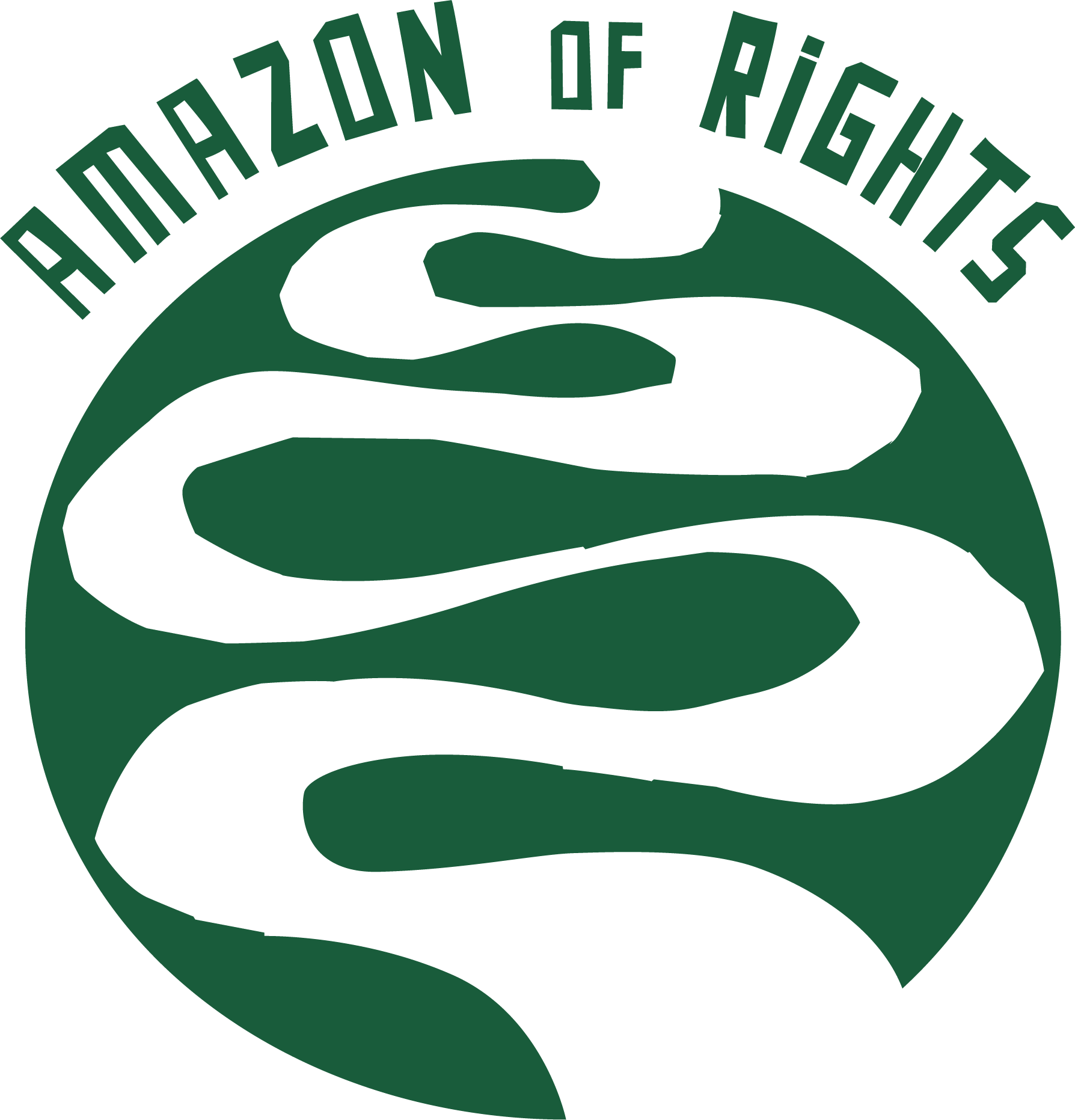Equador
The Oriente or Ecuadorian Amazon, a myth with cosmic, spiritual, human, vegetable, animal and mineral entities,This description we are coining from the Kawsak Sacha (Living Forest) declaration. Pueblo Originario Kichwa de Sarayaku. Declaration Kawsak Sacha –The Living Forest, 2018. is a source of resources and, also a source of lawSee for this reading in a specific amazonian case, García Ruales, J.
The authors of this Amazongraphy bring together distinct voices from anthropological, legal, environmental, and constitutional expertise, and experiences from the territory, offering a perspective from the Ecuadorian Amazon. Our understanding is of the Amazon as a “place of contrasts”Potes, Verónica. Análisis de la Aplicación del Derecho Ambiental en la Amazonía Ecuatoriana y el rol de las Fiscalías Ambientales. Quito: CEDA, 2010, 11 that continues to be discovered.4 The Ecuadorian Amazon, comprising seven provinces, is a landscape marked by domestication practices, Indigenous Peoples and Nationalities, mestizos and colonos, urbanization, as well as forest, mountains and riverine inhabitants, including species yet “unstudied or collected - an ongoing process due to logistical difficulties”.5
While sometimes only territories through which the Amazon River flows are considered the Amazon, the region expands when interconnections are accounted for. The ecosystem requires not only the bounties of the plains but also, upstream, the water from the melting of the Andes mountain range,6 the páramo (Andean plateau) mist, and the resource-concentrating ability of the tarburas, with rivers downstream loaded with energy, materials, resources, and above all, life.
We aim to explore the historical and legal context of ????, exploring how Amazonian imaginaries and the formation of the Ecuadorian nation-state have influenced normative and institutional developments, particularly around an understanding of the Amazon as a site of a “wild legality” in needs of domestication, like wild nature.7 Rights of Nature (RoN) in Ecuador have resulted from an intercultural dialogue, bringing to the debate what nature’s rights means in theory. Jurisprudence has grown, taking different forms in mobilization, participation, demands- broadening or limiting RoN. RoN has shaken traditional environmental law, which operates alongside it. Specific legislations as the proposed Special Amazon Territorial Circumscription for a region with contrasts like the Amazon are needed. Dialogue across justices, competences, instances and policy levels is necessary, as eco-centrism juxtaposes state natural resource claims. We suggest comparative quantitative and qualitative studies from 2008-2024 on the efficacy of classical environmental law versus nature’s rights, to draw conclusions.
A key finding is the potential of dialogues with law, art, anthropology, and historical approaches for rich legal ethnography as comparative law method through the visual, going beyond state narratives to interweave perspectives. Through visual arts, we see law’s expressions in aesthetics addressing political, environmental, and legal issues, highlighting the region’s imaginaries, complexity and diversity. Ceramics, paintings, film, drawings, and archives bring the Amazon’s cultural heritage and environmental challenges to the forefront, fostering dialogue, awareness, and advocacy locally and globally.
We present here different cases with many more to be explored, contributing to law’s materiality and diverse aesthetic expressions. This report weaves to change perspectives beyond the law in the books about the Amazon. The law is painted and sounded, narrated through voices, collaborating across levels- sometimes using state language permeated by peoples and environmental activism, sometimes called something else, the yoco (Paullinia yoco), the catfish, the river. This added value theorizes eco-centric normativity when actors voice the Amazon and all its inhabitants as “alive”,8 not speaking the state’s language.

